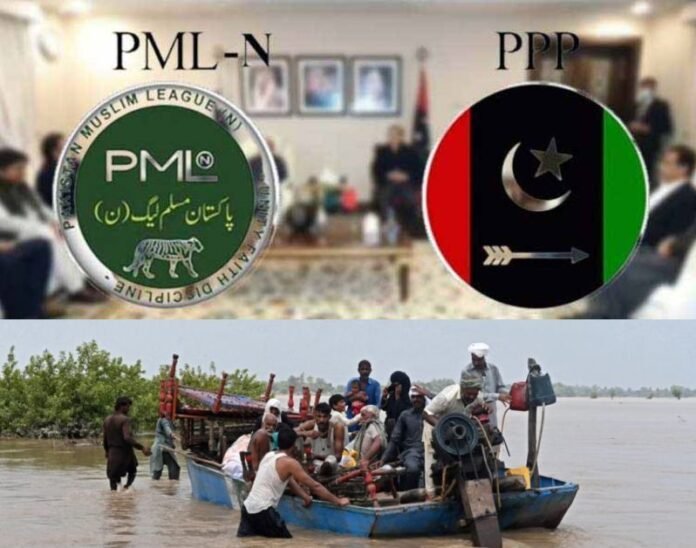Known for his acerbic expression and cutting tone, Dawn Leaks–fame journalist Cyril Almeida perhaps summed up the Punjab-focused PML-N and PPP row in the most fitting words.
“PPP and PML-N squabbling… because they know neither stands a chance with the voter,” he wrote on X.
Pakistan People’s Party (PPP):
Once considered a truly national political party with roots in Punjab, Sindh, Balochistan, and Khyber Pakhtunkhwa, PPP has now largely shrunk to Sindh. Citing February 2024’s general elections, many observers believe it even lost much of its base in interior Sindh. According to leaders of PTI and Jamaat-e-Islami, the PPP managed to form governments in Sindh and Balochistan with the backing of the country’s powerful military establishment — a result of the establishment’s policy to keep so-called “anti-state actors” away from the corridors of power. The main beneficiary of this policy was PML-N.
Pakistan Muslim League-Nawaz (PML-N):
Led by one of Pakistan’s wealthiest families — Lahore-based Sharif family — the PML-N has been a dominant political force since the mid-1980s. Named after its founding leader, Nawaz Sharif, the party’s chief served as Punjab’s chief minister twice and Pakistan’s prime minister three times. He, however, never completed any of his terms. His brother Shehbaz Sharif served as Punjab’s chief minister three times and is currently serving his second term as prime minister. Nawaz’s daughter, Maryam Nawaz, now serves as Punjab’s CM.
Rise of Imran Khan:
The PML-N long maintained its stronghold in Punjab, with Nawaz Sharif’s popularity at one point extending into parts of KP and even urban Sindh, particularly Karachi. However, the rise of Imran Khan and the Pakistan Tehreek-e-Insaf (PTI) over the past decade has severely eroded the PML-N’s support base in Punjab. Many believe PTI swept the Feb 2024’s general elections in Punjab, KP, and Karachi. They say it even made inroads in Quetta and interior Sindh — hurting both PML-N and PPP.
The outcome of the elections shocked not only the establishment but also the two traditional parties. Despite being stripped of its election symbol through a controversial Supreme Court decision and facing widespread arrests and state pressure, PTI performed outstandingly. Still, the PML-N and PPP managed to form the government, though analysts argue they lack genuine public support — a reality Cyril Almeida captured in his remarks.
Current Row Between PML-N and PPP:
The latest row between the two parties began when PPP Chairman Bilawal Bhutto-Zardari and other PPP leaders proposed using the Benazir Income Support Programme (BISP) to channel flood relief efforts in Punjab. Maryam Nawaz flatly rejected the idea.
Some say Maryam is playing the “Punjab card” as she also referred to water rights of the province. Her cabinet ministers, especially Azma Bukhari, compared Punjab’s development initiatives under Maryam’s tenure with PPP’s alleged poor governance in Sindh. PPP leaders accuse Maryam of exploiting provincial sentiments, which they say is old tactic of the PML-N. Sindh ministers Sharjeel Memon, Saeed Ghani and others joined the fray.
The PPP boycotted Senate and National Assembly sessions on Monday. It is demanding an apology from Maryam over “insulting remarks about Sindhis.” President Asif Ali Zardari, Bilawal’s father, also contacted Interior Minister Mohsin Naqvi on Monday. Naqvi is considered a bridge between the two parties. Zardari, as per reports, urged him to mediate a “ceasefire” between the allies.
Analysts and opposition leaders argue both parties are merely engaging in a “friendly wrestling match” to attract public sympathy. They wanted to assert themselves as true representatives of Punjab and Sindh — a move unlikely to yield real political gains for either side.



